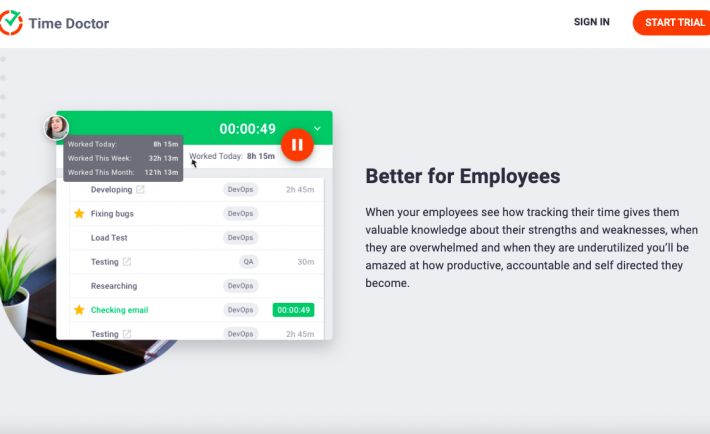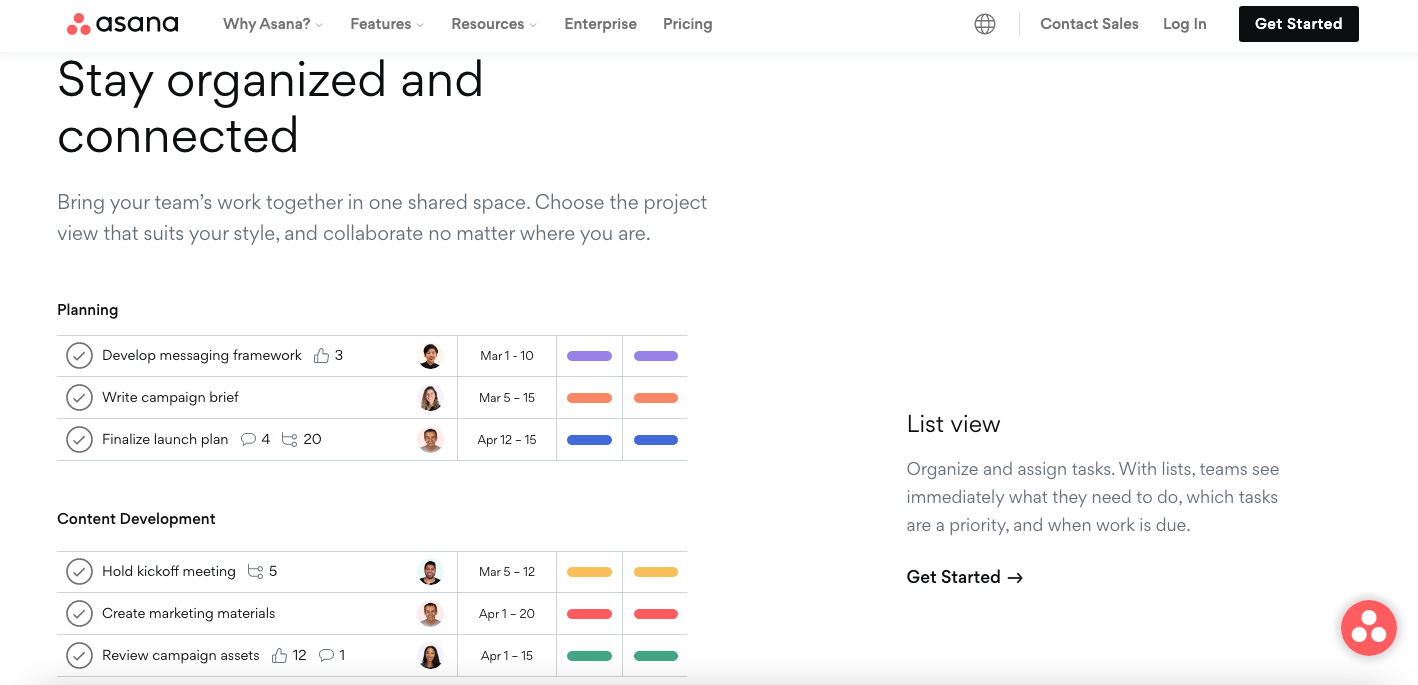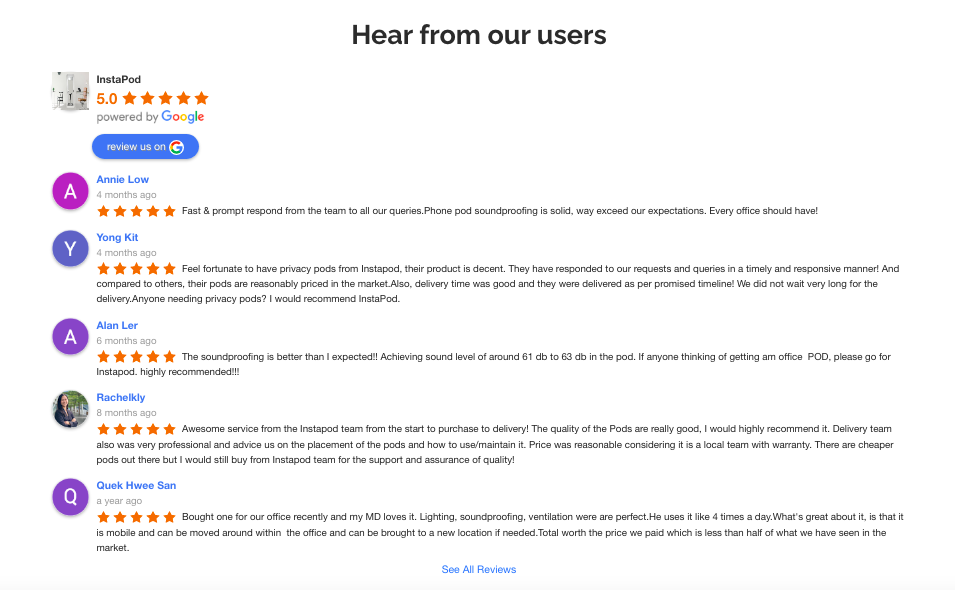When it comes to employee engagement, what does your organization focus on?
If it’s only satisfaction, you’re missing out on a lot.
What does effective employee engagement look like?
Bosses often think that if their employees are happy and content, then they must be engaged, right?
Unfortunately, it’s a common misconception. While satisfaction is certainly an important part of the engagement, it’s not the only thing to consider. In fact, there are three main areas that bosses should focus on when it comes to employee engagement: results, attitudes, and behaviors.
Let’s take a closer look at each one.
Results
When it comes to results, engaged employees are consistent in their attendance and committed to quality. They want to do their best work and be a part of something greater than themselves.
Attitudes
In terms of attitudes, engaged employees have a positive outlook and are always looking for ways to improve things. They are happy with their work/life balance and don’t feel the need to “coast” through their day-to-day tasks.
Behaviors
Lastly, when it comes to behaviors, engaged employees are vocal and active. They want to feel valued and respected by their boss, and they’re always willing to share their ideas and suggestions.
The importance of recognition and rewards
Recognition and rewards are crucial, and in some cases even more so.
Employees who aren’t recognized feel taken for granted. They may still put in an honest effort, but it will be at a different level than employees who are appreciated. On the other hand, employees who are recognized and rewarded may stay in their job longer than they would have otherwise.
That is why bosses should recognize and reward employees who go above and beyond. This can be done through formal recognition programs or simply by showing appreciation for a job well done. Either way, letting employees know that their hard work is valued can go a long way in maintaining a high level of employee engagement.
The role of work environment and culture

Image Credits: wework.com
Sure, employees who are satisfied with their work are more likely to be engaged, but it’s not the only factor.
There are other reasons why employees might be engaged. They might stay because they’re satisfied with the work itself and their colleagues. They might stay for environmental reasons—they like the company culture, the commute is short, or they feel a sense of purpose in their work.
Bosses need to be aware of all these factors when it comes to employee engagement. It’s not just about employee satisfaction surveys or feeling like you’re doing a good job. The key is creating a work environment and culture that supports employee engagement across different levels.
Encouraging and recognizing ambition
Encouraging employees to be ambitious and goal-oriented is another key element of employee engagement.
After all, it’s important to not only have satisfied employees but also employees who are actively working toward the company’s goals and a better version of themselves.
The importance of role clarity
Lastly, when it comes to employee engagement, clarity of role is critical.
And that’s because when your employees know what’s expected of them, they’re able to perform better and you’re able to measure their performance more effectively.
But role clarity goes beyond just performance. It also leads to increased intrinsic motivation. Furthermore, it strengthens the employee-employer relationship. Why? Because when employees have a clear understanding of their roles, they feel a greater sense of purpose.
When it comes to employee engagement, bosses need to think beyond just satisfaction. That’s because people can be satisfied without being engaged. There are a few key areas we’ve mentioned in this article to focus on when it comes to employee engagement. All of these areas are necessary for keeping employees pleased and committed. Focusing on just one or two of them will not be enough. Consider all of them if you want to create a truly involved team that can bring your business to greater heights.










